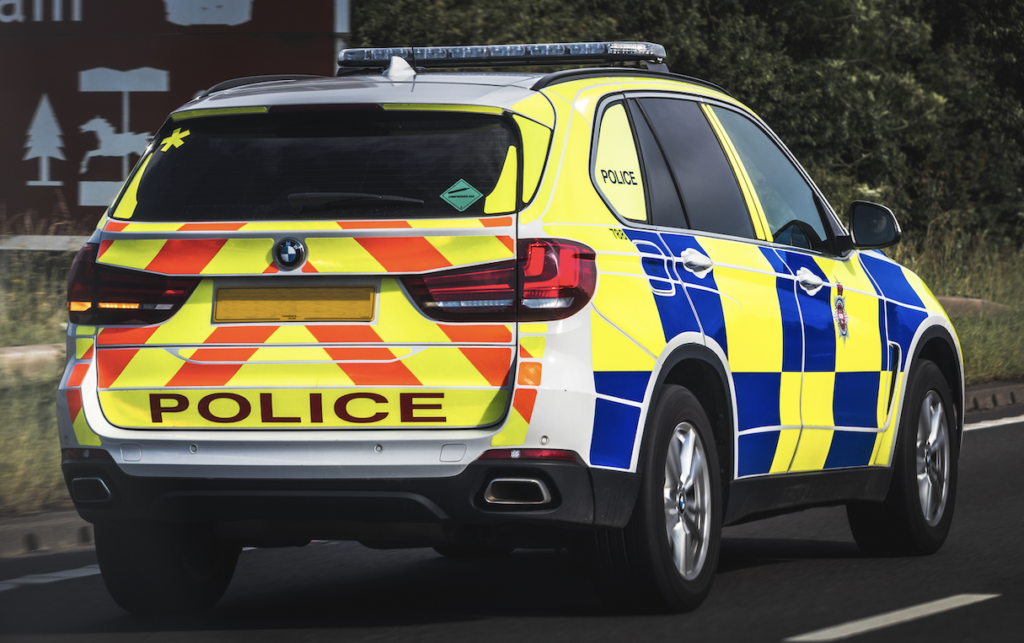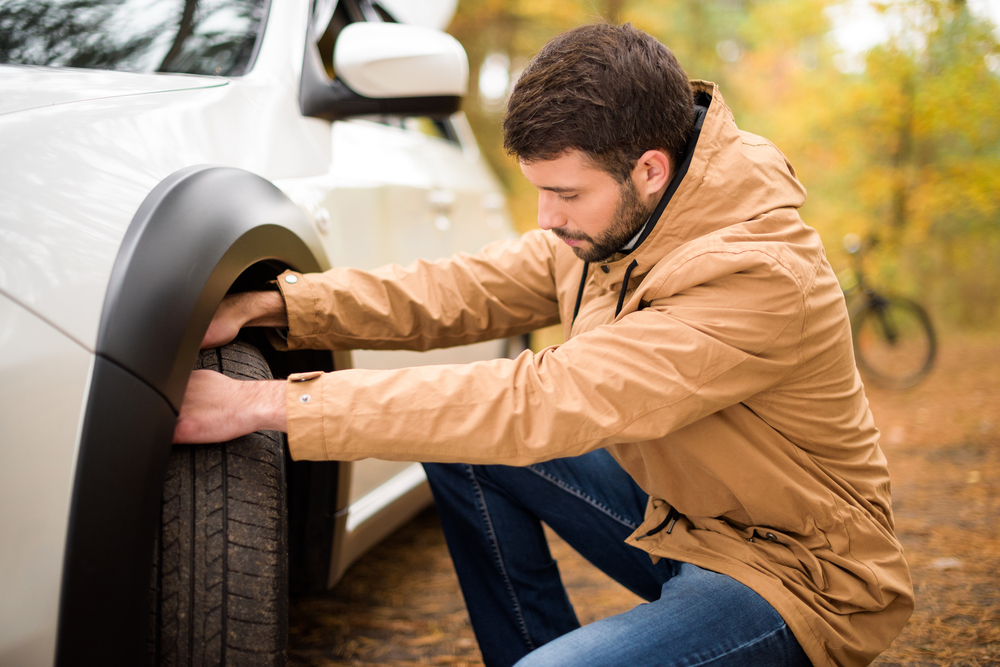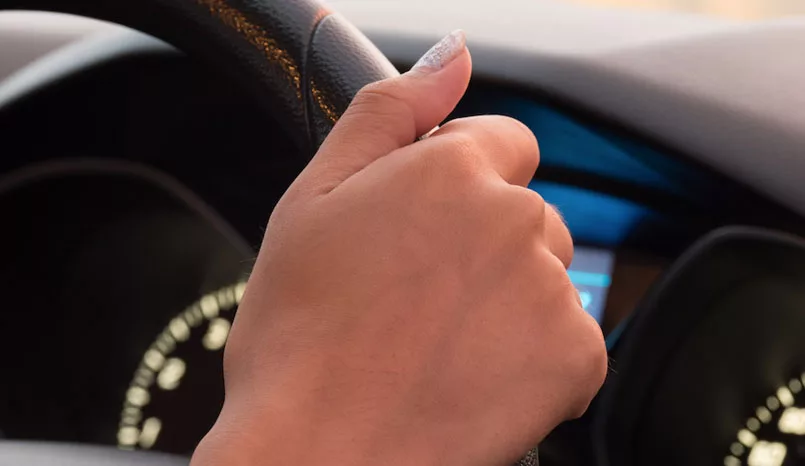The highway code has rules for every driver and pedestrian, but only some pedestrians will read the Highway code book! So, it is down to the driver to make sure they are fully aware of the regulations about pedestrians who also use the streets and roads in your surrounding area.
General Rules
1 Footpaths and Pavements – where available, these should always be used and try to stay away from the kerb. Should you have to step into the road, be aware and look in both directions before doing so.
2 No Pavement – If there is no available pavement on either side of the road, you should stay on the right-hand side so you can see oncoming traffic. Care should be taken and walk in single file if on a narrow road or in poor light conditions and keep close to the side of the road. It may be safer to cross the road if there is a sharp bend so you can see oncoming traffic and then cross back for safety.
3 See and be seen – try to wear light or fluorescent clothing, especially in poor light conditions, light reflective armbands, jackets, footwear or sashes can help in the dark as well as reflective dog leads and harnesses.
4 Young children– children should not be out alone on the road or pavements, they should be kept to the side of the adult, not the road, and their hands should be held firmly. If in a pram or pushchair, they should be securely fastened and never pushed onto the road unless absolutely necessary, unless safe to do so and never between parked cars.
5 Walks or parades – organised walks or parades involving large groups should always use a pavement where available, if not, walkers should keep to the left. There should be formal look-outs positioned front and rear of the group wearing reflective clothing, and at night, the front look-out should carry a white light, and the rear look-out should carry a red light. Walkers outside the group should also carry lights and wear reflective clothing.
6 Motorways– Pedestrians should never be on a motorway or any slip roads unless they are in an emergency and are awaiting recovery or emergency services, they should remain behind the crash barrier at all times.
7 The Green Cross Code – Most children are taught the Green Cross Code from a very young age at school or by parents, but they must understand the dangers of traffic and roads. They should not be allowed to play outside without understanding these rules, and it is vital to know that children also learn by example, so you should always make sure that you are crossing the road with optimum safety, especially when you are with your children, if they see you taking risks, they may do the same.
A – Find a safe place to cross
B – Stop before you get to the kerb
C- Look and listen for traffic
D – Let any traffic pass before attempting to cross
E – When safe to cross, do so straight and without running
8 At a Junction – if you are waiting at a junction to cross, other traffic should give way, and you should look out for traffic turning into the road and coming from behind you. Find a safe place to cross where you can be seen, if you have already started to cross the road then you have priority before the traffic.
9 Pedestrian Safety Barriers – if there are safety barriers in place you should only cross at the gaps provided, do not climb or walk between them.
10 Tactile Paving – raised surfaces usually found near crossing points or at the top and bottom of steps; they are used to warn partially sighted or blind pedestrians. These are raised studs that can be felt underfoot.
11 One-way streets – Always check the direction in which the traffic flows before crossing safely and double-check that public transport and cycle lanes may often be using the other direction.
12 Bus and Cycle lanes – extra care should be taken when crossing these lanes as traffic may be faster and may be against the regular flow of traffic.
13 Routes shared with Cyclists – Cycle tracks may run alongside many roads, and often there is a pavement as well, but when there is not a specific pavement, cyclists should respect the pedestrian, and the pedestrian should make way for a cyclist with a warning given and not endanger or obstruct them. Some routes such as these will also allow horse riders and horse-drawn vehicles, but they should respect the pedestrian and pedestrian should not obstruct or endanger the rider.
14 Street Parking – if you have to cross a road between parked cars, then use the edge of the parked car as your kerb and stop to make sure the traffic can see you and you can see a safe gap to cross. Make sure there is a gap on the other side of the road for you to cross, and never cross in front of a parked car with its engine running, especially a large lorry, as the driver may not see you.
15 Reversing Vehicles – Never attempt to cross a road near a reversing vehicle showing white reverse lights or sounding a reversing siren.
16 Moving vehicles– You must never hold onto or get into a moving car.
17 At Night– Always wear light-coloured clothes or reflective clothing so you can be seen when crossing a road at night.
18 At all crossings– you must always ensure the road is clear before you attempt to cross and always cross between the studs or markings on a Zebra crossing, not the Zig Zag lines, as this can be dangerous.
19 Zebra Crossings – You must always give the traffic plenty of time to see you, and you must stop before crossing, pedestrians have the right of way while on the crossing but must not attempt to cross until traffic has stopped in both directions, and you must keep looking both ways while crossing.
20 Zebra crossing islands – Where there is an Island in the middle of the road, the second section should be treated as a septate crossing, and you should wait until all traffic has stopped before attempting to cross.
21 Traffic lights – There may be signals for pedestrians at traffic lights, but if not, then you must wait for the lights to be on red and for traffic to be at a stop. Do not attempt to cross on an amber light. If the lights flash amber while crossing, you should have enough time to get to the other side of the road before they go green.
22 Pelican crossings – these are signal-controlled crossings, you should not attempt to cross until your light is green, if it turns red while you are crossing, you have right of way and enough time to cross to the other side of the road.
23 Puffin Crossings – these are different from pelican crossings as the green and red figures are just above the control box, and there is no flashing green light, you may only cross when the green light shows.
24 Congested traffic – traffic may be at a standstill even while traffic lights are on green, in such cases, you still should not attempt to cross on a puffin or pelican crossing unless your crossing light is green.
25 Toucan Crossings – These are crossings that allow pedestrians and cyclists to cross together. They are button-controlled, and cyclists are permitted to ride across the road when crossing.
26 Sound or tactile crossings – some crossings have sound signals or tactile pavements for partially or blind pedestrians.
27 Equestrian crossings – These are for horse riders, they have wider crossing spaces and pavement barriers and two sets of controls, one higher up for the horse rider to reach.
28 Staggered pelican or puffin crossings – where crossings are staggered across a wider road, each crossing should be considered separate, and you must wait for the flow of traffic to stop before attempting to cross at each side of the road.
29 Person-controlled crossing – crossings such as school lollypop crossings or patrol officers are to be used when told to do so only.
30 No crossing points – on roads with no dedicated crossing points, you should try to find an area with a central island, then cross into the centre when it is safe to do so, and then cross to the other side when it is safe to do so again.
31 Emergency vehicles – if emergency vehicles are approaching with flashing blue lights, you must keep off the road until it is safe to cross, and they have passed you.
32 Buses– you must only get on or off a bus when it is completely stopped, you must never cross a road in front or behind a bus, so you must wait for to to drive away so you have clear visibility in both directions.
33 Tramways– Trams often run through pedestrian areas and are marked by shallow kerbs, you must cross at the designated areas and always be aware of trams much the same as all traffic by looking both ways before attempting to cross a tramway.
34 Railway level crossings – You must never cross a stop sign or barrier at a rail level crossing if the red light is flashing, the siren is sounding, or the barriers are lowering. If no lights, alarms or barriers are in place, you must ensure you look in both directions before attempting to cross.
35 Street repairs – Where work is being carried out on the street, and pavements may be obstructed, it is wise to try and cross to the other side of the road, but if not possible, then look in both directions before stepping out onto the road, before moving past the obstruction.

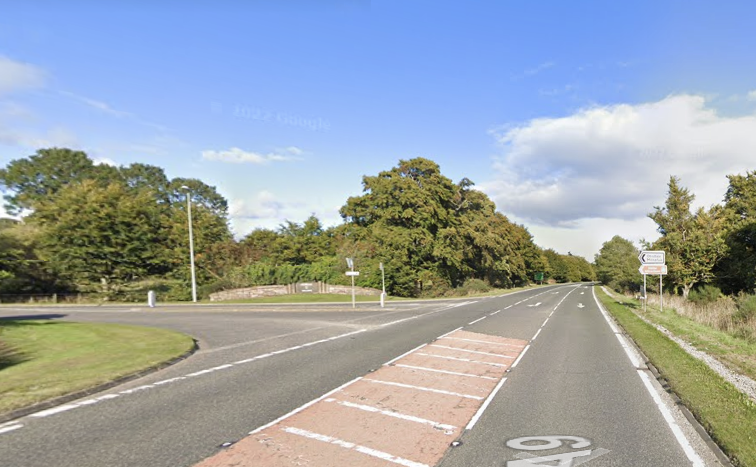


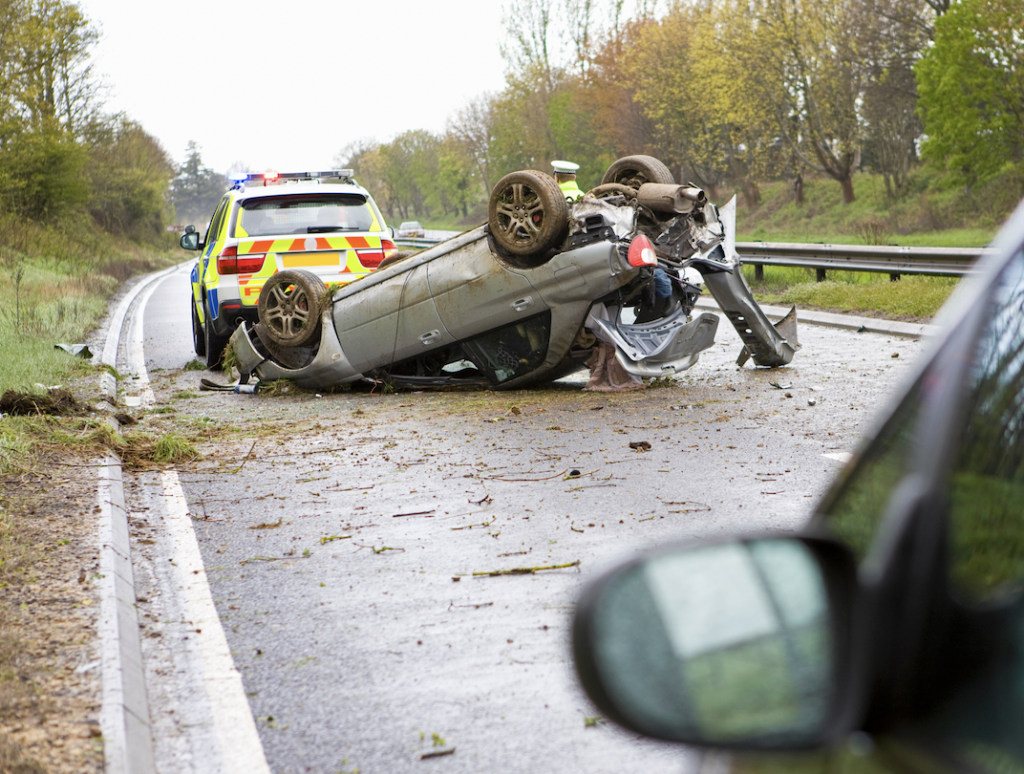
 Being able to drive is one of the things that gives us independence as adults, and to lose that in our old age is a worry for many, but there is no age limit for drivers as long as they are competent and safe to continue.
Being able to drive is one of the things that gives us independence as adults, and to lose that in our old age is a worry for many, but there is no age limit for drivers as long as they are competent and safe to continue.